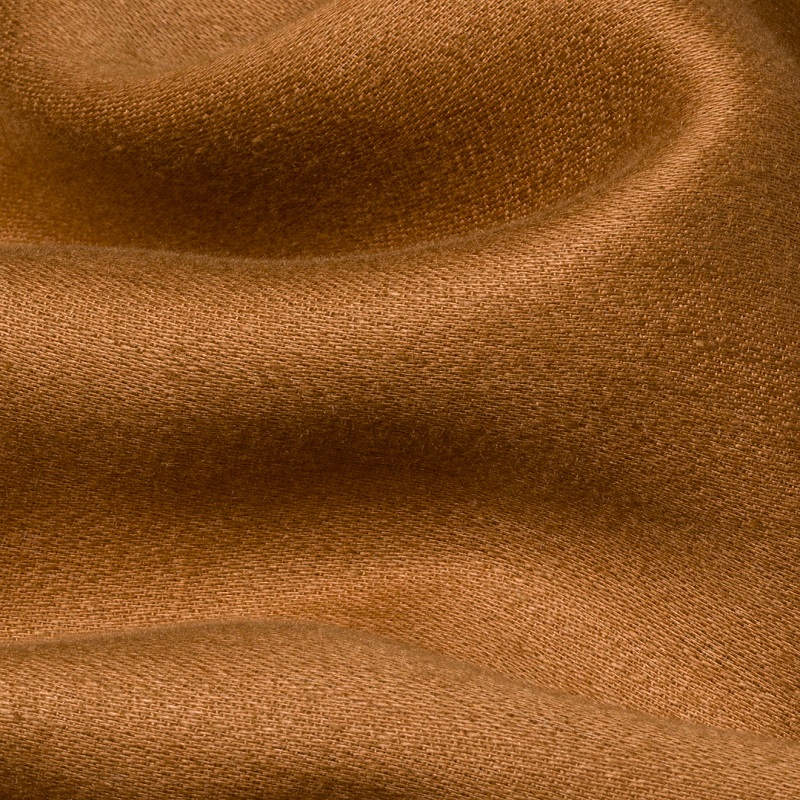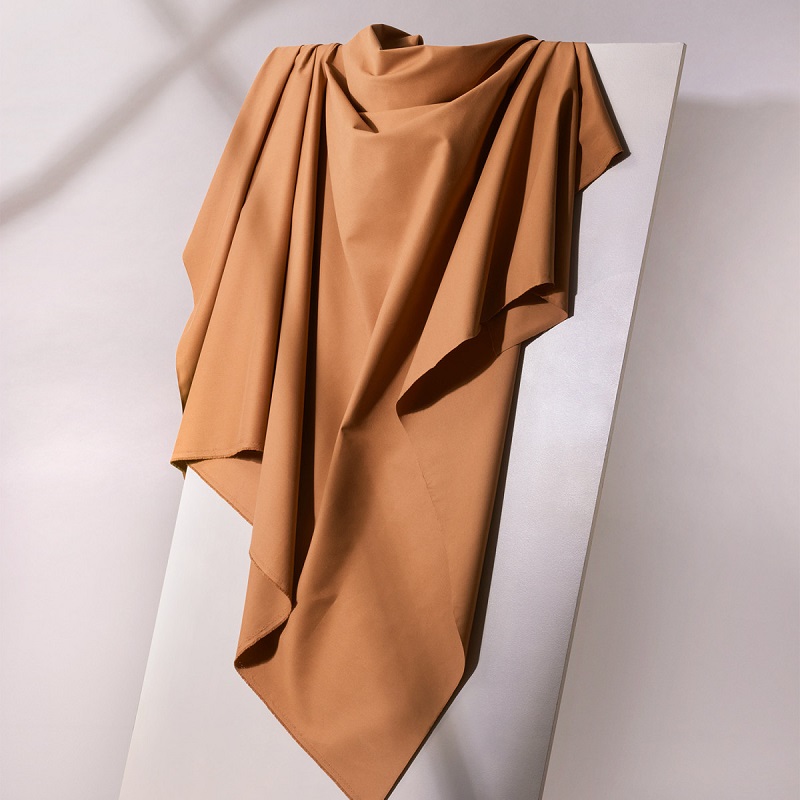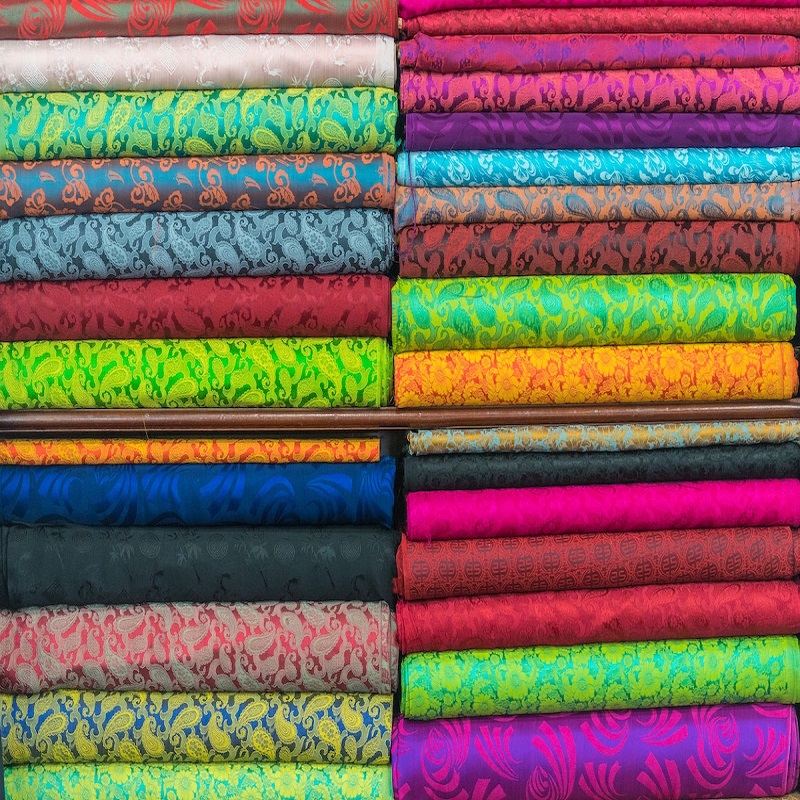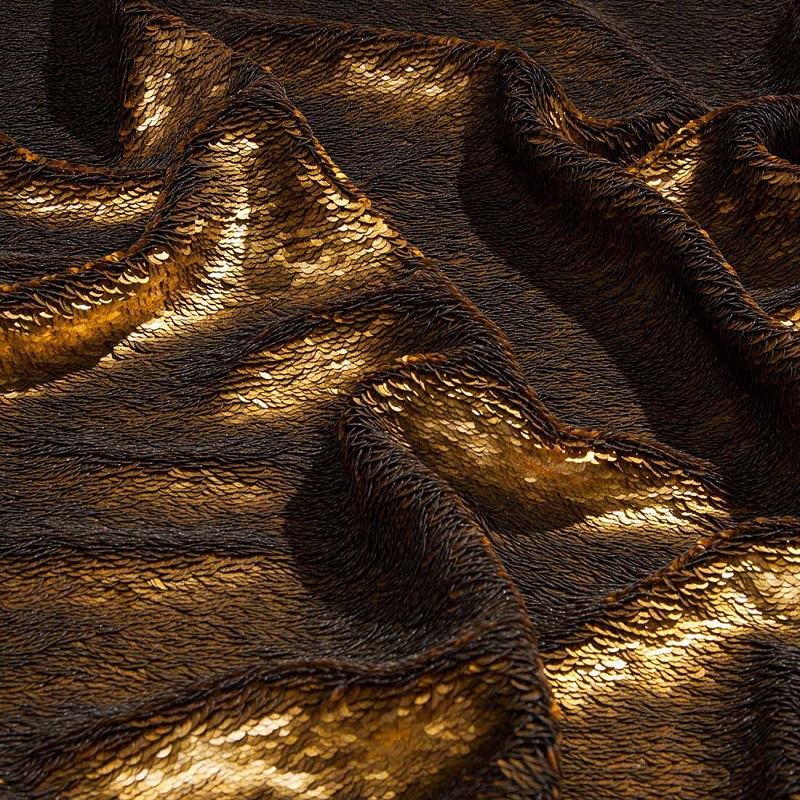Luxury textiles have fascinated people for centuries, often becoming symbols of wealth, status, and exquisite craftsmanship. Among these luxurious materials, some stand out not only for their beauty but also for their price tags. This article explores the world of the most expensive fabrics, their origins, characteristics, and the artistry behind their creation.
The Allure of Luxury Textiles
A Symbol of Status and Wealth
Throughout history, textiles have served as a significant indicator of wealth and social status. Fabrics like silk, cashmere, and brocade were often reserved for nobility and the affluent. These materials not only provided warmth and comfort but also displayed intricate artistry and craftsmanship. In many cultures, wearing luxurious fabrics was a way to convey one’s power and prestige, making them highly sought after by the elite.
Emotional and Sensory Experience
Luxury textiles offer more than just visual appeal; they also provide a rich sensory experience. The tactile qualities of high-end fabrics, such as their softness, warmth, and weight, contribute to an emotional connection that mass-produced textiles often lack. This sensory pleasure is part of what makes expensive fabrics: so desirable. The experience of wearing or using these materials can evoke feelings of comfort, confidence, and indulgence, enhancing their allure.

The Rarest and Most Expensive Fabrics
Silk: The Queen of Textiles
Silk has long been regarded as one of the most expensive fabrics available. This natural fiber, produced by silkworms, is renowned for its smooth texture and natural sheen. The labor-intensive process of silk production, which includes careful harvesting of silkworm cocoons, contributes to its high cost. The finest silk, such as Mulberry silk, is particularly sought after for its exceptional quality and durability.
Cashmere: The Soft Gold
Cashmere, derived from the soft undercoat of cashmere goats, is another fabric that commands a high price. Known for its incredible softness and warmth, cashmere has become synonymous with luxury. The labor-intensive process of collecting cashmere fibers during the molting season contributes to its exclusivity. Additionally, the limited regions where high-quality cashmere is produced, primarily in Mongolia and China, add to its rarity and expense.
Unique Characteristics of Luxury Fabrics
Durability and Longevity
One of the defining features of luxury textiles is their durability. High-quality fabrics are often made using superior techniques and materials, ensuring they withstand the test of time. For instance, the intricate weaving methods used in producing fine wool or silk contribute to their longevity. As a result, investing in luxury textiles often proves worthwhile, as these items can be cherished and used for many years.
Craftsmanship and Artistry
The craftsmanship involved in creating luxury fabrics is another factor that elevates their status. Many high-end textiles are handcrafted using traditional techniques passed down through generations. This level of artistry requires immense skill and dedication, making each piece unique. From hand-embroidered details to artisanal dyeing methods, the intricate work involved in luxury textiles speaks to a level of quality that mass-produced fabrics simply cannot match.
The Environmental Impact of Luxury Fabrics
Sustainable Practices in Production
As the demand for luxury textiles continues to grow, so does the focus on sustainable practices in their production. Many luxury brands are now prioritizing ethical sourcing and environmentally friendly manufacturing methods. For example, some silk producers have adopted practices that reduce waste and minimize chemical use, ensuring a lower environmental impact. This shift toward sustainability is not only beneficial for the planet but also adds to the allure of luxury fabrics for eco-conscious consumers.
The Cost of Rarity and Sustainability
While sustainability can enhance the desirability of luxury fabrics, it often comes with a higher price tag. Fabrics produced using organic methods or ethical sourcing may require more resources and time, leading to increased costs. However, many consumers are willing to pay a premium for textiles that align with their values. This willingness to invest in sustainable luxury fabrics reflects a broader trend in consumer behavior, where ethical considerations play a significant role in purchasing decisions.

Iconic Luxury Fabrics Throughout History
Brocade: A Historical Perspective
Brocade is a richly decorative fabric often characterized by intricate patterns and metallic threads. Historically, brocade was used in royal garments and ceremonial attire, making it a symbol of opulence. The labor-intensive weaving process and the use of luxurious fibers like silk or gold thread contribute to its high cost. Brocade remains a sought-after fabric today, often used in haute couture and high-end home decor.
Velvet: The Fabric of Royalty
Velvet is another iconic luxury fabric that has graced the wardrobes of royalty for centuries. This sumptuous fabric, made from silk or cotton, features a unique pile that gives it a soft, rich texture. The complexity of its production, involving intricate weaving techniques, adds to its cost. Velvet is often associated with grandeur and elegance, making it a popular choice for evening wear and formal occasions.
The Global Market for Luxury Textiles
Trends in Luxury Fabric Consumption
The global market for luxury textiles has experienced significant growth in recent years, driven by rising disposable incomes and changing consumer preferences. As more individuals seek high-quality, exclusive fabrics, brands are expanding their offerings to meet this demand. Emerging markets, particularly in Asia, have seen a surge in luxury textile consumption, reflecting a growing appreciation for craftsmanship and quality.
E-commerce and Accessibility
The rise of e-commerce has also transformed the luxury textile market, making it more accessible to consumers worldwide. Online platforms allow luxury brands to reach a broader audience, enabling customers to explore and purchase exclusive fabrics from the comfort of their homes. This shift has created opportunities for smaller, artisanal brands to thrive alongside established luxury houses, enriching the market with diverse offerings.
The Future of Luxury Fabrics
Innovations in Textile Technology
The future of luxury textiles is likely to be shaped by innovations in textile technology. Advances in fabric development, such as the use of biodegradable materials and smart textiles, may redefine luxury fabrics. These innovations can enhance functionality while maintaining the luxurious qualities that consumers expect. As the industry embraces new technologies, luxury textiles may evolve to meet the changing needs and preferences of modern consumers.
The Enduring Appeal of Craftsmanship
Despite the rise of technology, the timeless appeal of craftsmanship in luxury textiles is unlikely to fade. As consumers continue to seek unique, high-quality products, the demand for artisanal fabrics will persist. Brands that prioritize traditional techniques and sustainable practices will likely find favor with discerning customers. This emphasis on craftsmanship not only supports skilled artisans but also preserves cultural heritage, enriching the narrative behind luxury textiles.

Conclusion: The Ever-Changing Landscape of Luxury Textiles
A Reflection of Human Creativity
Luxury textiles are a testament to human creativity, innovation, and artistry. From the opulence of silk to the sumptuousness of cashmere, these fabrics tell stories that transcend generations. As the market evolves, driven by sustainability and technological advancements, the essence of luxury textiles will continue to captivate consumers.
Embracing the Future with Tradition
The future of luxury textiles lies in balancing innovation with tradition. While new technologies may enhance the functionality and appeal of fabrics, the artistry and craftsmanship behind luxury textiles will remain central to their allure. By embracing both the old and the new, the world of luxury textiles will continue to thrive, offering consumers an exquisite experience that is as rich in history as it is in beauty.
This exploration of the most expensive fabrics illustrates the intricate relationship between culture, craftsmanship, and luxury. As we appreciate the beauty and complexity of these textiles, we are reminded of the artistry that goes into every stitch, fiber, and design.









